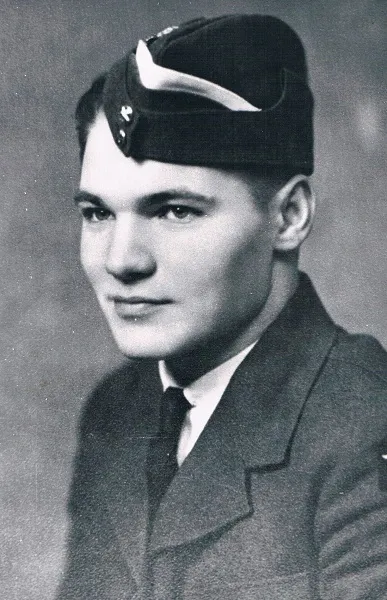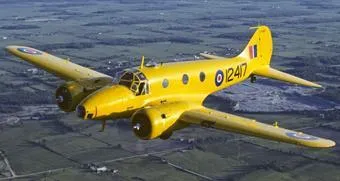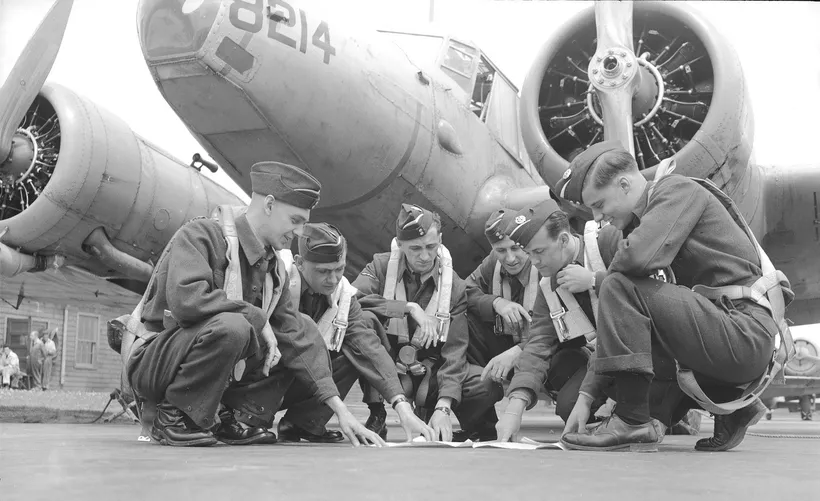Anson aircraft 9688 was in the landing approach when it was in a mid-air collision south-east of the airfield at MacLeod, Pilot Officer W.G. Rannie and Leading Aircraftman J.E. Todd were killed in the other aircraft, Anson 6958.
Confirmed by Court of Inquiry document in the Library and Archives Canada Service Files: Aircraft 9688 flown by Leading Aircraftman Kotelmach turned into wind in clear weather and let down into aircraft 6958 flown by Pilot Officer Ramie. Both aircraft then crashed to the ground locked together.



